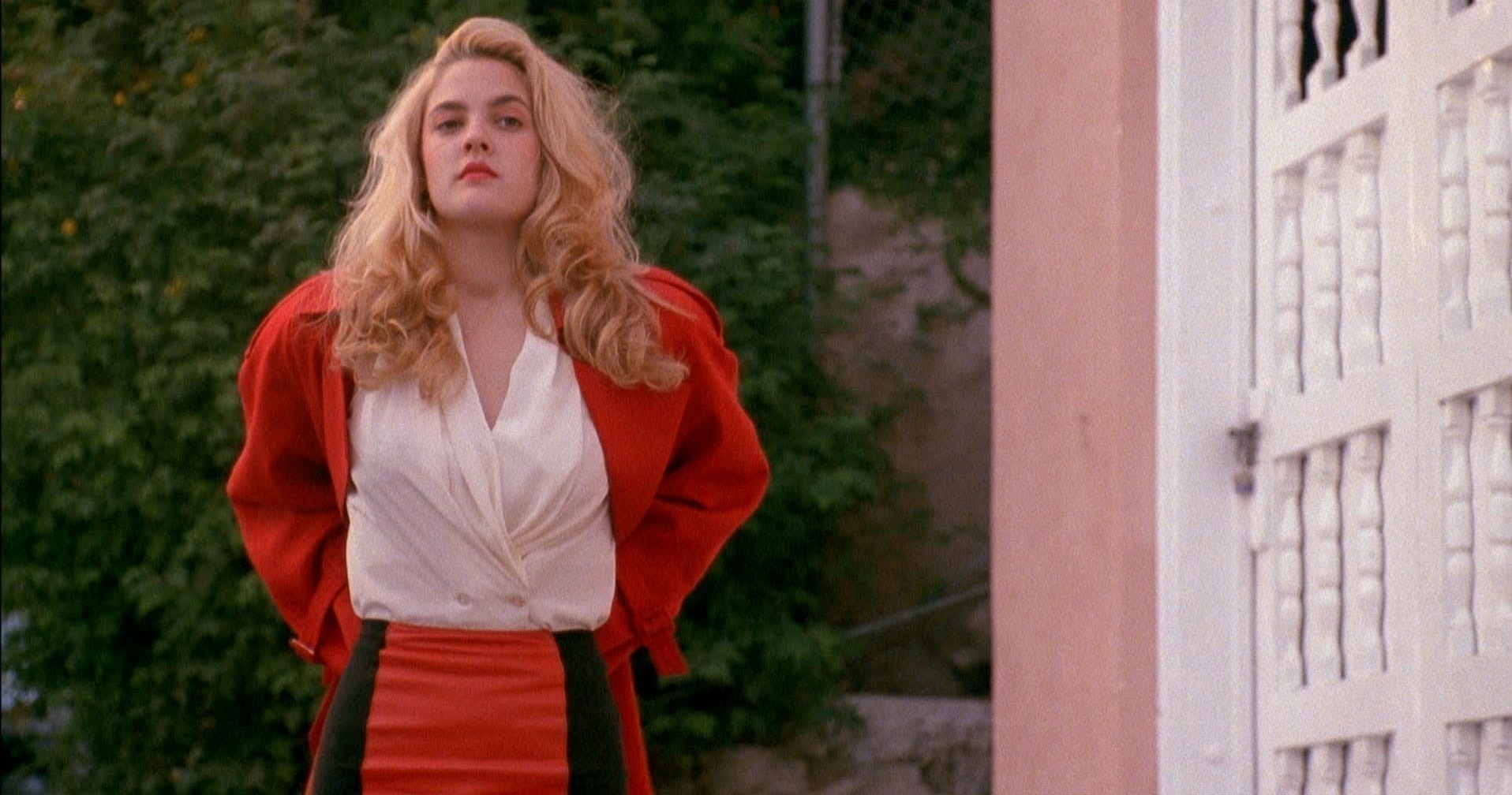The Wet Dreams and Twisted Politics of Erotic Thrillers

The Wet Dreams and Twisted Politics of Erotic Thrillers
At first, the light is gentle and dreamy. Its velvet glow cradles a pubescent Drew Barrymore, swinging on a rope like a kinky trapeze artist, in the first minutes of Poison Ivy (1992); Jennifer Jason Leigh, surrounded by burning candles as she welcomes her nude lover into bed, in Sister, Sister (1987); Angie Dickinson, mouth agape and fondling her breasts in a steamy shower, in Dressed to Kill (1980). But that light is always too good to be true. Violence eventually breaks the spell, turning soft moans into gasps, then screams.
Lying at the heart of these erotic thrillers is the belief that sex is dangerous, an idea that’s been around since the beginning of Hollywood time. We see it in early cinema, which turned lascivious Svengalis and vamps in black bobs into home-wrecker archetypes, and in 1940s film noir, in which duplicitous dames make sinners out of God-fearing men. The on-screen depiction of sex itself, though, has undergone several shifts. The priggish content restrictions laid out by the Production Code, which ruled over Hollywood from 1934 to 1968, kept the movies from taking their pants off. But as social mores evolved and the Code’s grip slackened in its final years, filmmakers pulled the leash hard in the direction of body count and body-baring titillations. Then, in 1960, Alfred Hitchcock sliced it off clean. The infamous shower scene in Psycho cranked up the stakes of erotic peril and opened the floodgates for movies dealing in sexualized violence. A flurry of kinky crime dramas in the decades that followed—Play Misty for Me (1971), Looking for Mr. Goodbar (1977), Cruising (1980)—gestured toward the next big thing.
During the late sixties and seventies, a parallel revolution was happening on the margins of the entertainment industry. This was the golden age of pornography, a time in which adult films were made with high production values and received wide theatrical releases that allowed them to compete with Hollywood fare. Breakthrough titles like Gerard Damiano’s Deep Throat (1972) and The Devil in Miss Jones (1973) triumphed at the box office and even garnered critical acclaim. These films were certainly meant to get you hot and bothered, but the best of them—like Emmanuelle (1974), The Opening of Misty Beethoven (1976), and Alice in Wonderland (1976)—also had personality, an element that went missing in the merely functional soft core that took over when a new means of distribution changed the game. The rise of video meant that viewers could enjoy the most salacious shlock in the privacy of their homes, which zapped the “elevated” porn market right around the time when lawmakers nationwide were doubling down on their efforts to protect Hollywood from adult film’s corrupting influence. Hollywood financiers nevertheless continued to abide by the mantra sex sells. Because of the void created by home video, they saw their chance to rework blue movies into a more broadly appealing, culturally prestigious form.







